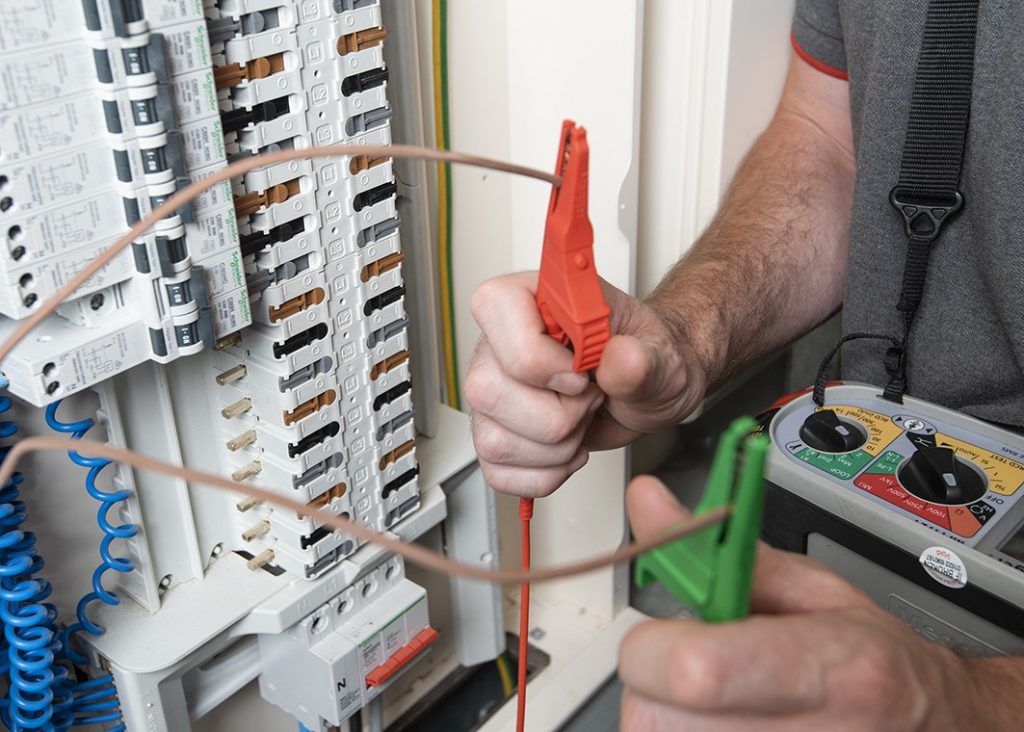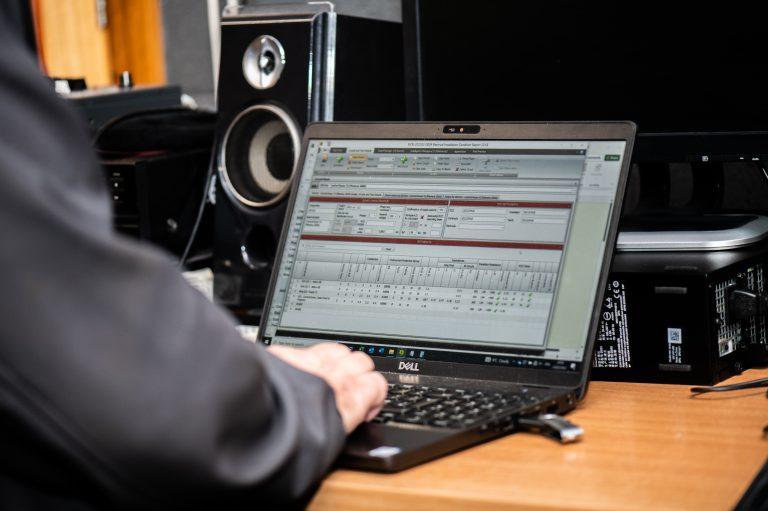Observations are things which are wrong with your fixed wire installation. They are coded based on their risk level.
When it comes to electrical safety in your business, Fixed Wire Testing is an important process that ensures your electrical installations are up to standard. After your fixed wire testing has been completed, you will receive an Electrical Installation Condition Report (EICR). This report will indicate if there are any problems or ‘observations’ which the duty holder must address.
Depending on what problems are identified, you may receive an Unsatisfactory EICR Report. This is a bit like a failed MOT, and you need to fix the critical issues.
Codes are used to categorise each ‘observation’ according to its risk factor. The codes use are C1, C2, C3 and FI. Each code means something different so it is important to understand what they mean, and what you need to do about them.
Code C1: Danger
A Code1 / C1 observation means ‘Danger present. Risk of injury. Immediate remedial action required.’
Examples include exposed live wires or incorrect polarity which may allow conductive parts to become live, when they shouldn’t be.
In the event of finding a C1, your Intersafe engineer will inform the Duty Holder immediately, both verbally and in writing. The affected circuit may need to be blocked off or even switched off to prevent injury.
As a C1 represents an immediate threat to the safety of your employees, customers or guests and it should be rectified urgently.
Code C2: Warning
A Code 2 / C2 observation means ‘Potentially dangerous – urgent remedial action required.’
A C2 is not as severe as a C1, but it is still a potentially dangerous defect. For example, a C2 will be recorded where an individual could access a live part of the circuit while performing their usual day to day tasks, which shouldn’t bring them into contact with live parts.
A C2 code may not pose an immediate threat but it is considered likely to become a danger in the future and should also be addressed urgently.
Code C3: Caution
A Code 3 / C3 observation means ‘Improvement recommended’.
A C3 code is used when something in the installation does not comply with the latest regulations, but it isn’t actually dangerous. Or another example is when housing or fittings are damaged, but no live parts are exposed as a result.
On its own, a C3 would not result in an Unsatisfactory Report.
Code FI: Question Mark
An observation code FI is described as ‘ Further investigation required without delay.‘
A code FI is used when your fixed wire testing engineer has spotted something which needs a closer look. It might not necessarily mean there is a problem but it needs further investigation to be sure. For example, if the emergency lights seem unusually dim.
What makes an Unsatisfactory EICR Report
If your report contains any C1 or C2 codes it will be considered an Unsatisfactory Report. The duty holder must address and resolve the issues in order to demonstrate compliance with the current safety regulations.
A report with multiple FI Codes could also be classed as Unsatisfactory if the fixed wire tester cannot be sure that the installation is safe.
What to do next if you receive an Unsatisfactory Report
You will need to arrange a specialise electrical contractor to immediately address C1, C2 and FI faults. Your organisation will be considered non-compliant with safety regulations until they are resolved. It is usually worthwhile addressing any C3 issues at the sme time, although this isn’t essential.
Intersafe offer a Fixed Wire Testing and a Remedial Service to fix any identified issues. Although you don’t have to use the same electrical contractor for the testing and the repairs.
Also, you do not need to re-test the whole installation after the repairs have been completed. But you do need to make sure you get the right paperwork to prove that you have fixed all of the identified issues. This will be an Electrical Installation Certificate (EIC) or a Minor Works (MW) Certificate, which you should keep safely with the original EIRC report.
Why is it so important to fix EICR observation codes?
Your EICR is more than just a piece of paper – it’s a crucial document that demonstrates your compliance with the regulations.
If the unthinkable happens and there is an electrical accident, for example someone receives a shock from part of your installation or there is an electrical fire in your building, then a court, inquest or insurance company will certainly want to see this EICR report (and any remedial certificates) as evidence that the organisation has not been negligent in their duty of care.
Specialist Electrical Contractors
Intersafe specialise in providing tailored electrical testing solutions in Fixed Wire Testing, PAT Testing, Emergency Light Testing and Thermal Imaging. If your electrical installation testing is due, or you are not sure what you need, please contact a member of the Intersafe team on 02380 236200 or via our contact form.




